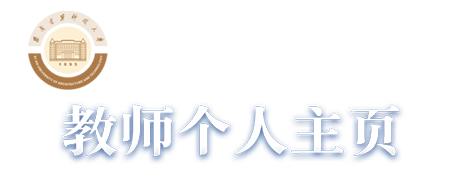李小明
办公室电话:
邮箱:
所属单位:冶金工程学院
发表刊物:Proceedings of the 5th International Congress on the Science and Technology of Ironmaking
关键字:中文关键字:酸洗污泥;资源化利用;烧结;不锈钢,英文关键字:pickling sludge; recycling; sintering; stainless s
摘要:Recycling of stainless steel pickling sludge is very important from both economical and environmental sides due to the presence of valuable elements such as Ni and Cr. Source control is the most direct way to minimize the pickling sludge, but many other possible processes are still under investigation. Solidification/stabilization processes are believed now to be effective methods from the economical side to dispose these wastes. But these processes cannot recover the valuable metals and meanwhile causes serious compatibilization. Pyrometallurgical and hydrometallurgical processes can be used to recover the valuable elements from the pickling sludge but the toxicity of residues, energy consumptions and investment costs are the main barrier to adopt these processes. The pyrometallurgical process represented in the direct returning of pickling sludge to the ironmaking or steelmaking plant is the most efficient way to reuse these wastes. One possible sequence is: pickling sludge → (drying + sintering) → blast furnace (BF) / electric arc furnace (EAF). By this method, the metal oxides which existed in the pickling sludge can be used as a raw material to produce stainless steel, while the calcium oxides and calcium fluoride can be used as fluxing agent. It has been found that there is no significant change (either in slag composition or sulfur content of molten steel) can be detected by the replacement of part of fluorspar by a certain amount of sintered sludge. Therefore this process can be considered as an efficient process for the treatment of pickling sludge.
备注:李小明
合写作者:MousaElsayed
第一作者:崔雅茹,赵俊学,李小明
论文类型:期刊论文
卷号:卷:
期号:期:
页面范围:页:480-484
是否译文:否
发表时间:2009-10-01
